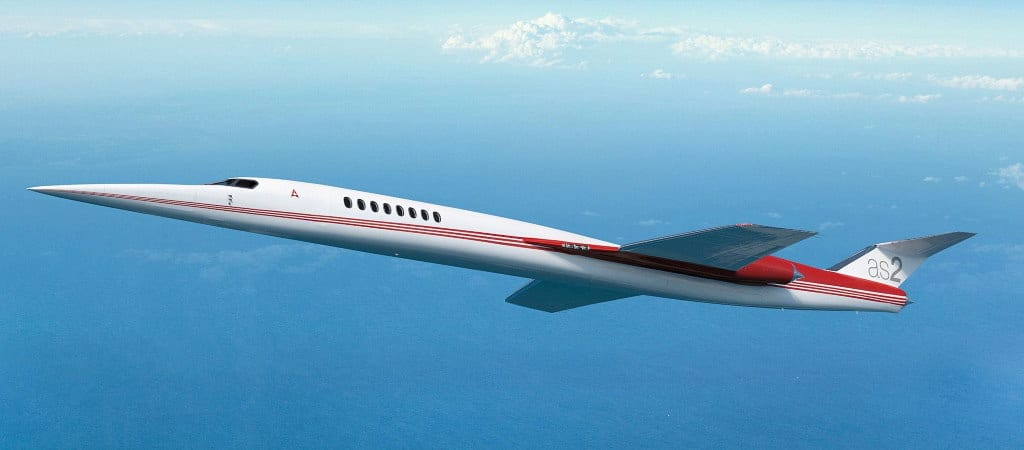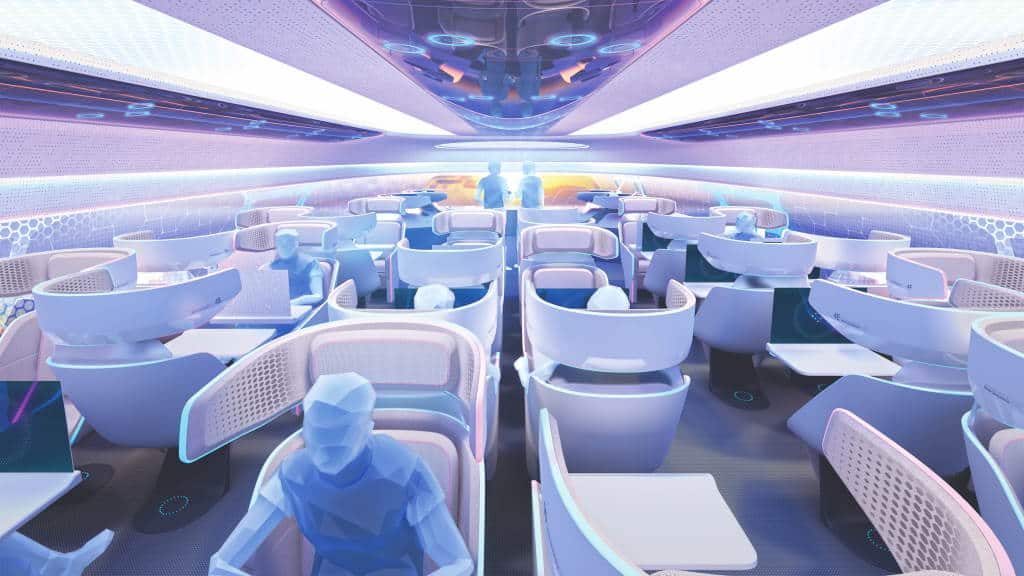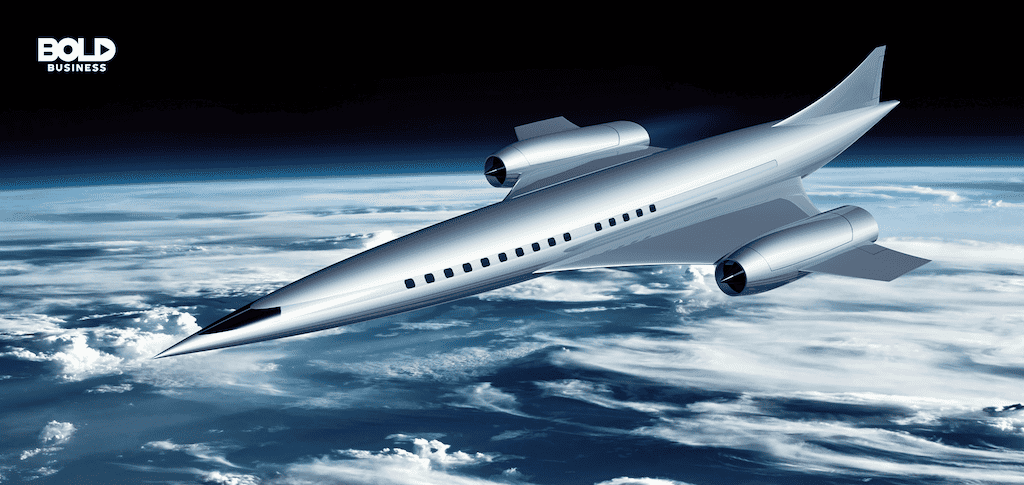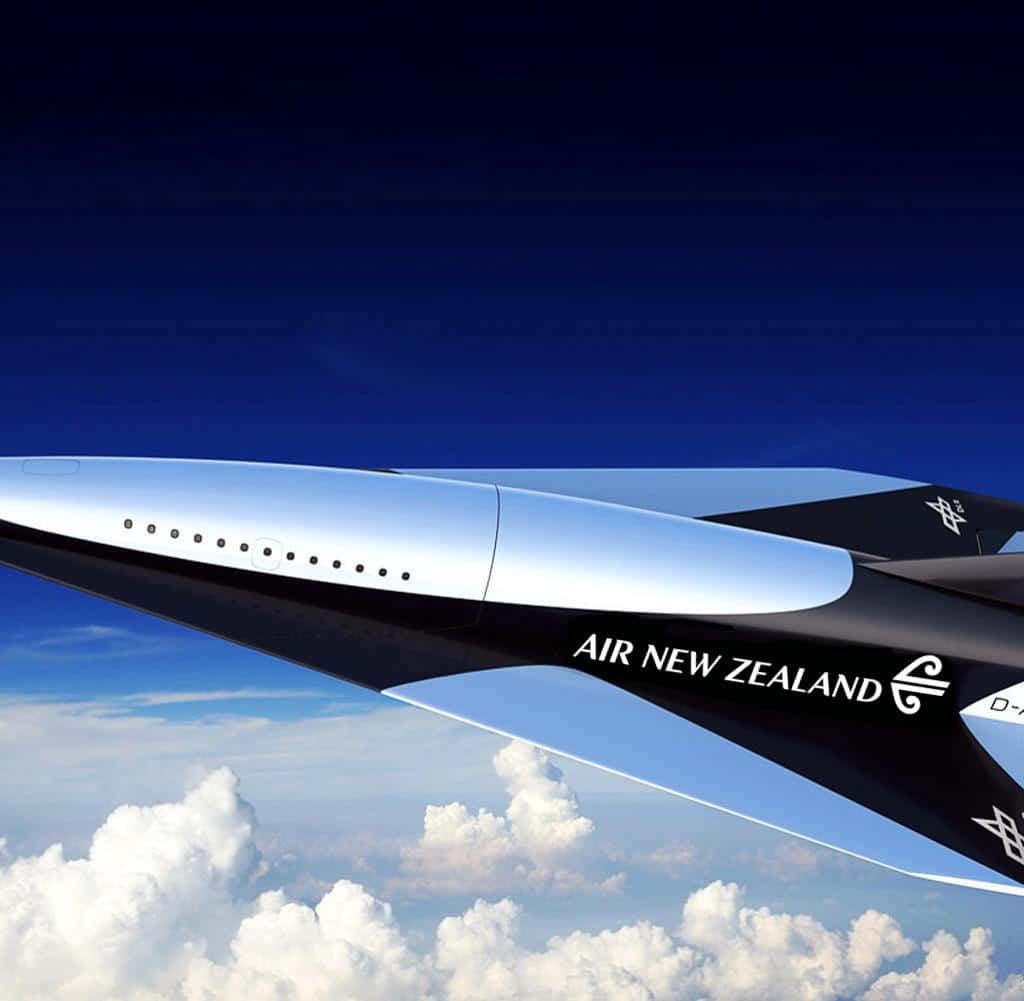The travel industry may be saved by a new technology that could transform air travel, writes PAT PILCHER.
 Nowadays, you can’t pick up a newspaper without the travel section headlines screaming: “Doom and gloom for travel in a post-Covid-19 world!” But that’s a big call given the unpredictability and complexities involved in international travel, and amidst this doom and gloom, there is a small ray of light that could transform air travel.
Nowadays, you can’t pick up a newspaper without the travel section headlines screaming: “Doom and gloom for travel in a post-Covid-19 world!” But that’s a big call given the unpredictability and complexities involved in international travel, and amidst this doom and gloom, there is a small ray of light that could transform air travel.
Jets burn aviation fuel, which costs a small fortune. As you’d expect, av-gas makes up the lion’s share of air travel costs. Aviation fuel is also flammable, and combusting it is a greenhouse gas contributor. Combustion byproducts are also linked to respiratory illness and other health issues.

As aviation fuel is costly and the margins slim, airlines have resorted to cramming travellers into planes like sardines. Only a wealthy few who can afford business class get to enjoy any measure of comfort while stuck on a plane for 20+ hours. This is the reality for most Kiwis. Being located at the arse end of the earth, travelling most places takes a very long time. Spending hours with your knees up around your ears can soon become uncomfortable.
This could change thanks to a breakthrough at the (wait for it!) Institute of Technological Sciences at Wuhan University (boom-boom!)
Researchers have developed a prototype engine that uses microwave energy for jet propulsion. Because no fuel is burnt as in a traditional jet engine, there’s little to no greenhouse gas emissions.

The engine uses plasma. It’s the fourth state of matter. The researchers have created a plasma jet that works by compressing air and ionising it. The upside is that the plasma thruster creates a thrust using air and electricity. In theory, this should be both more affordable and cleaner than old-school jets.
Plasma ion thrusters are nothing new. They’ve been in use in probes and satellites for some years. A few years back I wrote that MIT had created a model plane powered using ion propulsion. Until now, ion propulsion had a critical limitation – they’ve lacked the power to be a jet engine replacement on a commercial plane.

Not any more.
The Wuhan University device has lifted a 1-kilogram steel ball over a 24-millimetre diameter quartz tube. If it gets scaled up, the researchers say its thrust should be comparable to jet engines used on planes. They also say that by incorporating an array of these thrusters into planes, their prototype could power an airliner.
While some fuel will be needed to generate the electricity to create plasma, fuel costs should be far less than with a conventional jet. This could lead to a reduction in the cost of air travel, allowing Airbus and Boeing to re-engineer planes for greater long-haul comfort. Business-class for everyone? Somehow I doubt it, even if the tech sounds interesting.

More information on the Wuhan University Ion Propulsion System can be found here.









